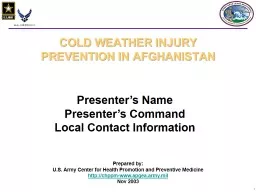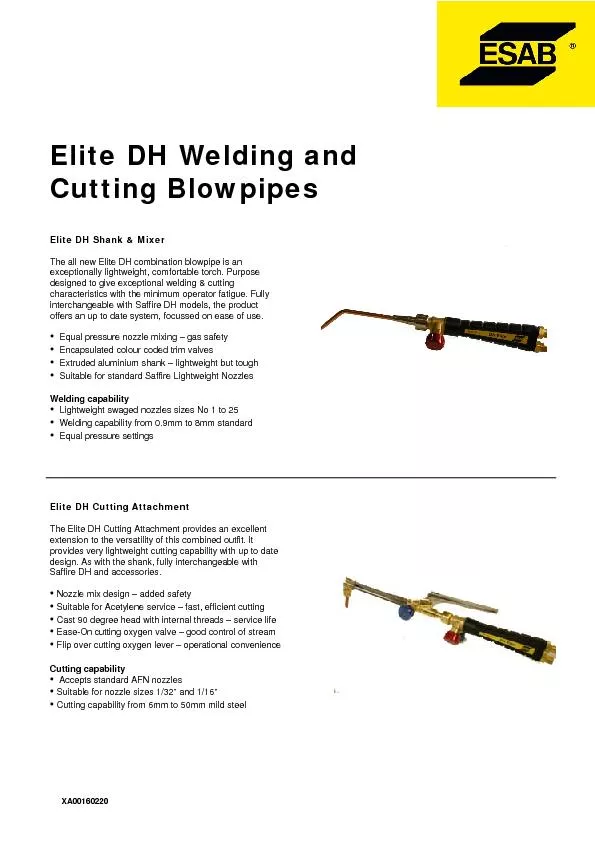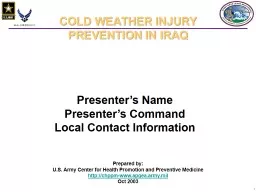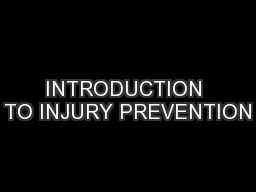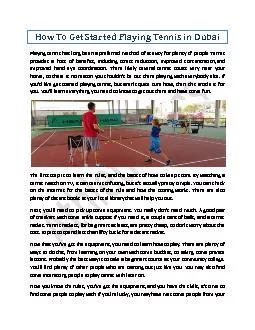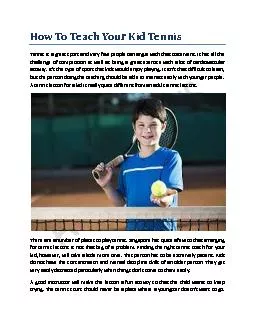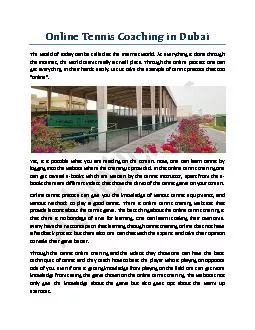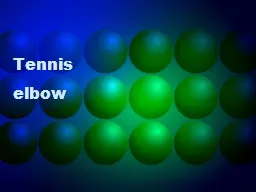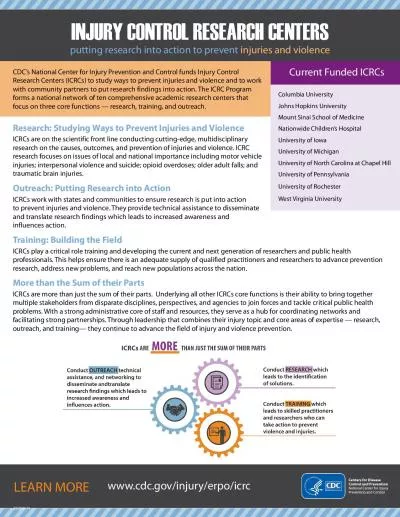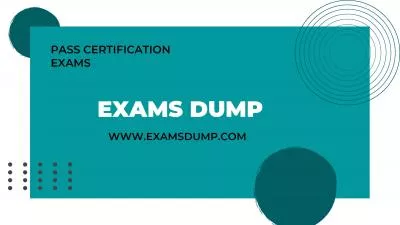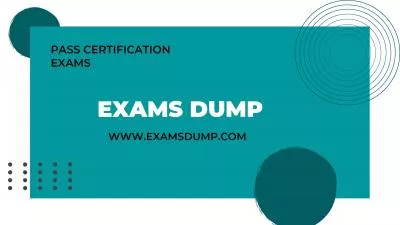PPT-New Insights into Injury Prevention in Elite Youth Tennis
Author : ellena-manuel | Published Date : 2019-12-26
New Insights into Injury Prevention in Elite Youth Tennis Neeru Jayanthi MD Associate Professor Orthopaedics and Family Medicine Director Tennis Medicine Emory
Presentation Embed Code
Download Presentation
Download Presentation The PPT/PDF document "New Insights into Injury Prevention in E..." is the property of its rightful owner. Permission is granted to download and print the materials on this website for personal, non-commercial use only, and to display it on your personal computer provided you do not modify the materials and that you retain all copyright notices contained in the materials. By downloading content from our website, you accept the terms of this agreement.
New Insights into Injury Prevention in Elite Youth Tennis: Transcript
Download Rules Of Document
"New Insights into Injury Prevention in Elite Youth Tennis"The content belongs to its owner. You may download and print it for personal use, without modification, and keep all copyright notices. By downloading, you agree to these terms.
Related Documents


